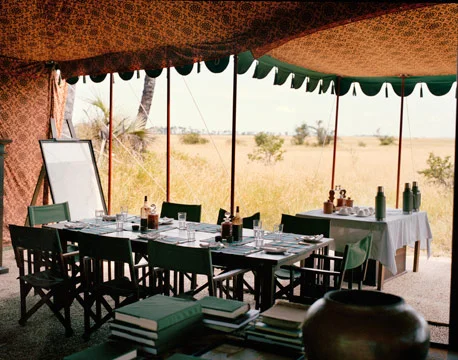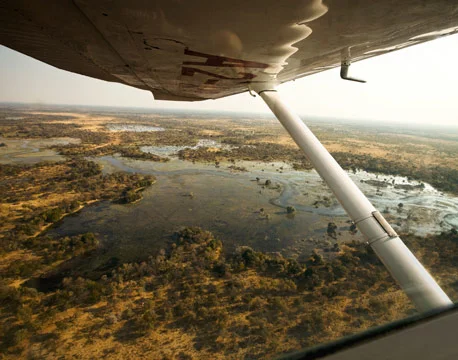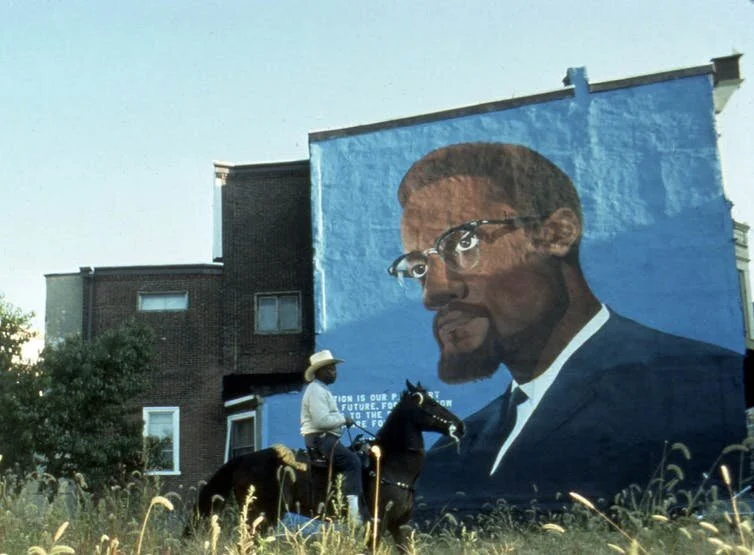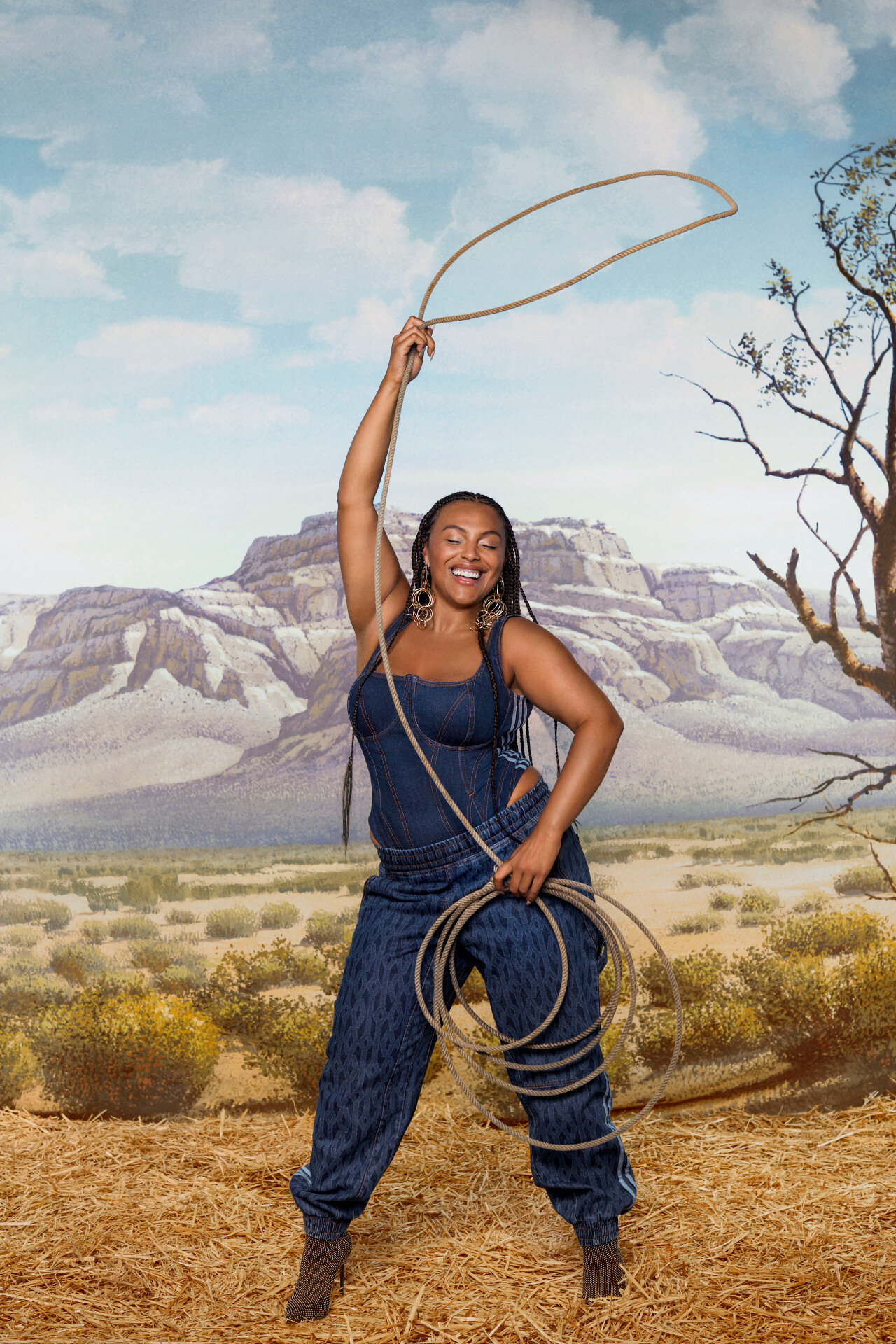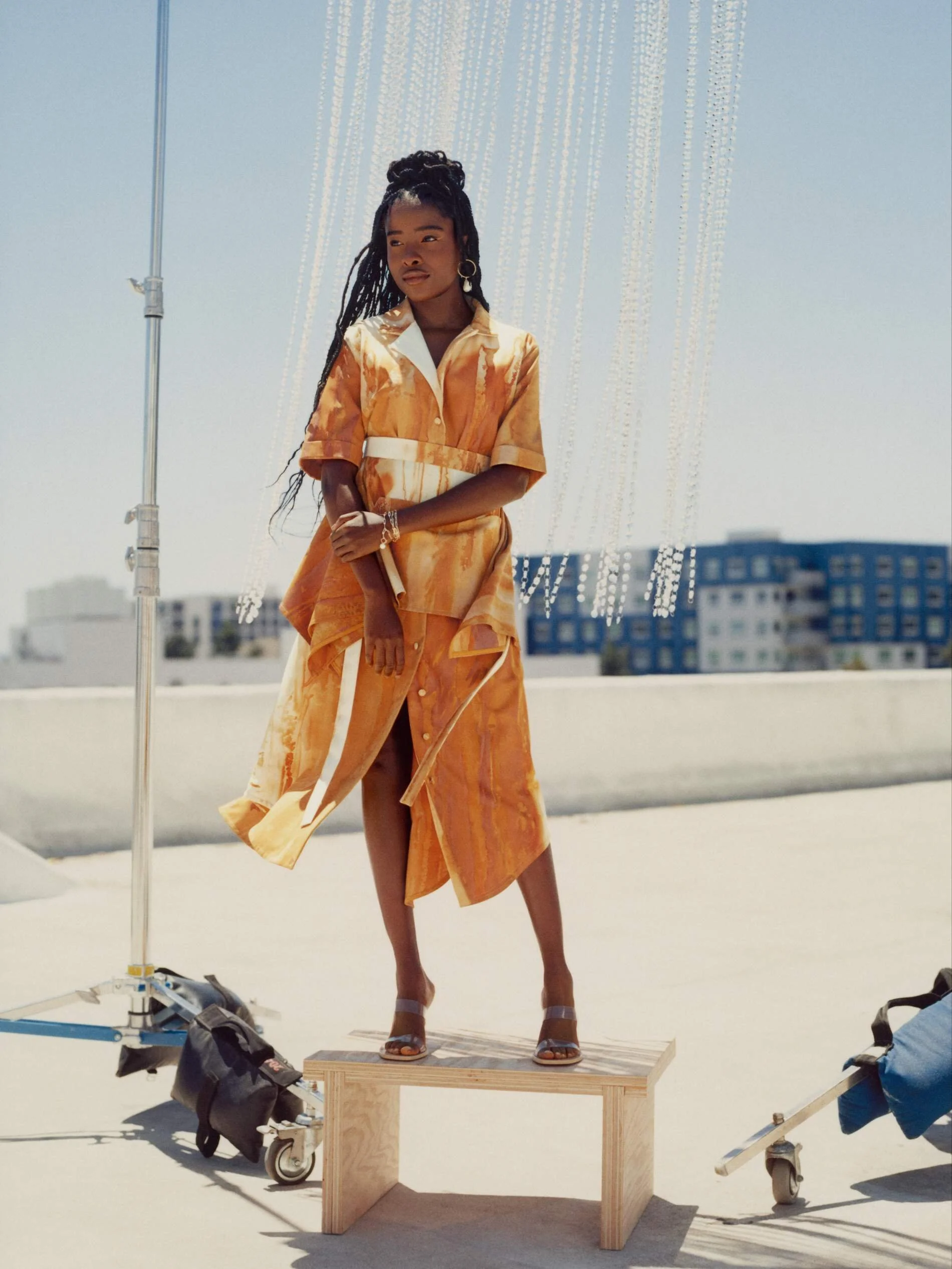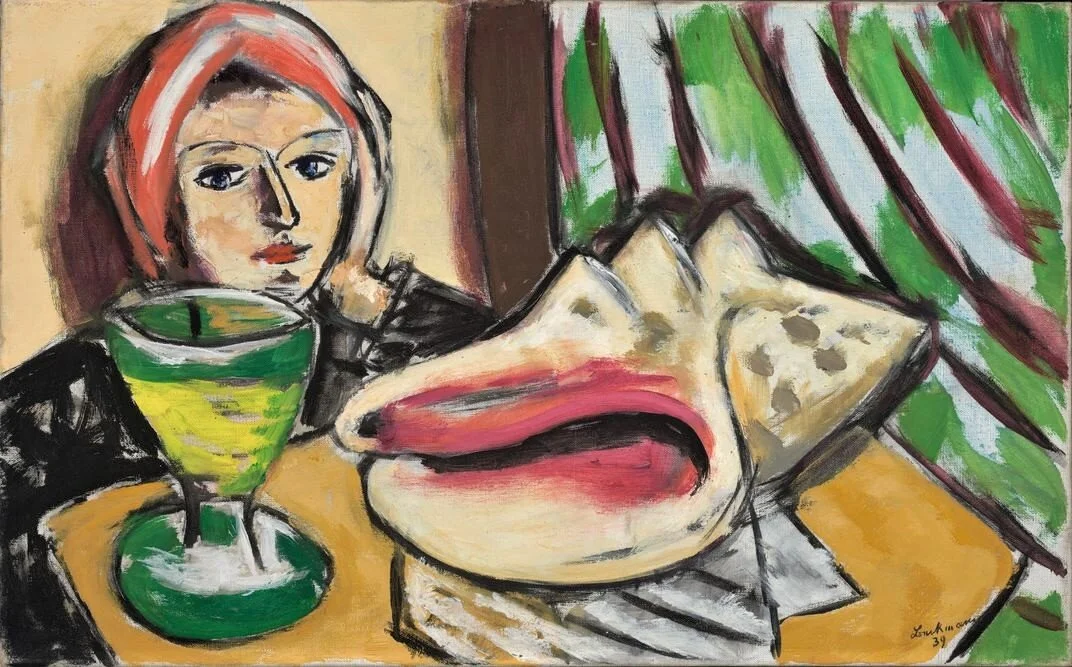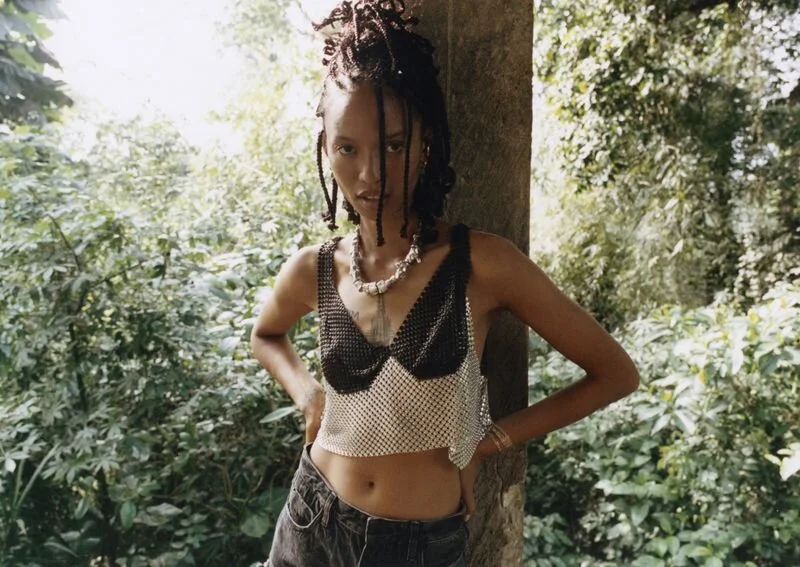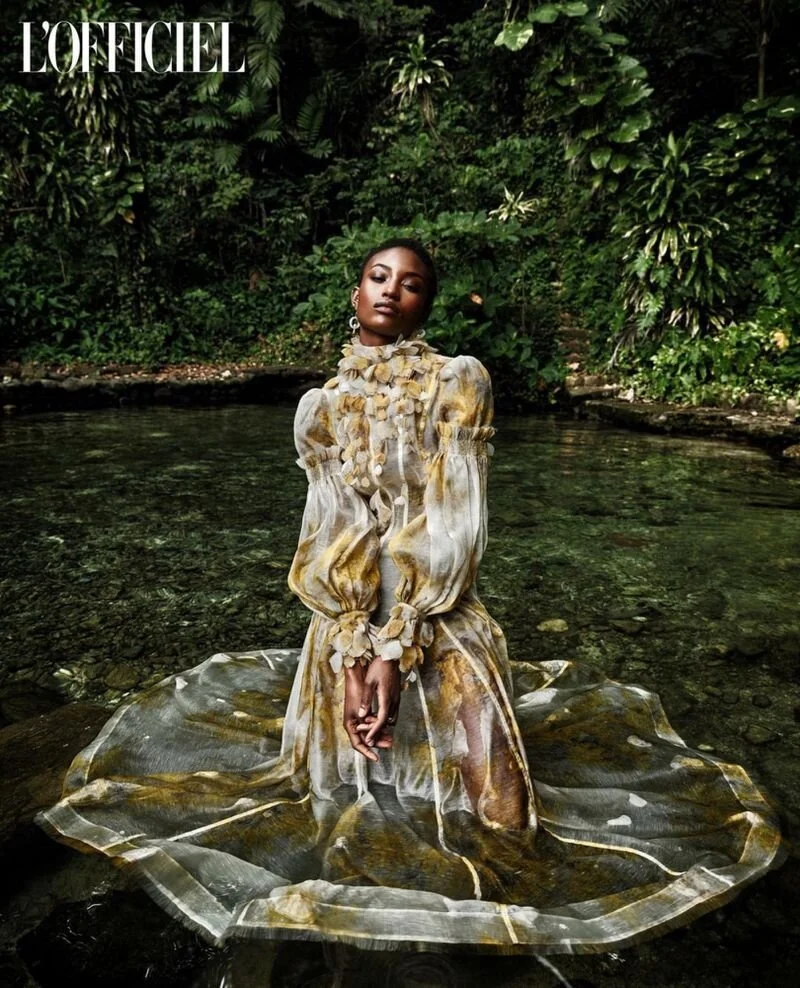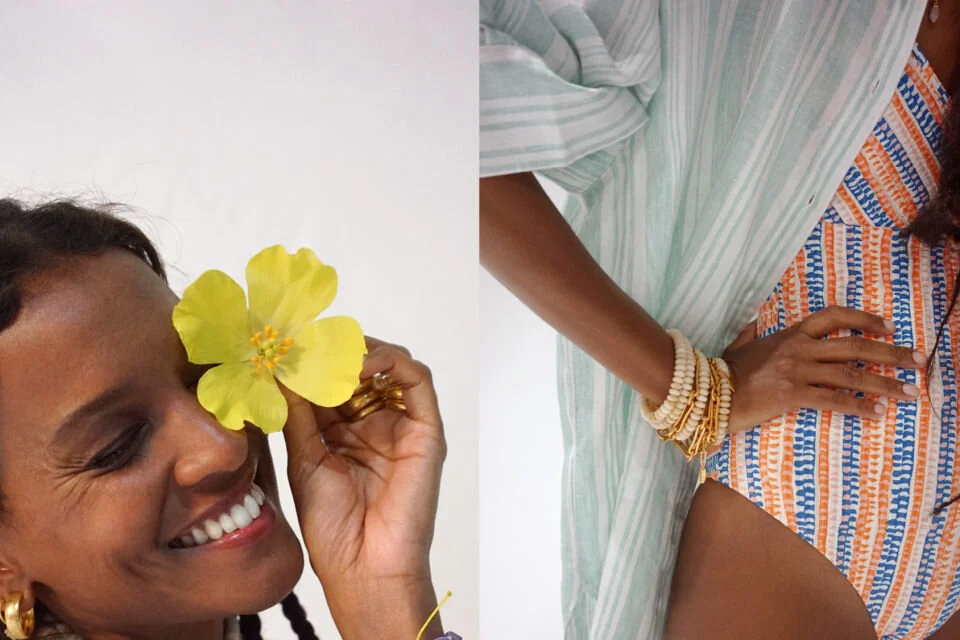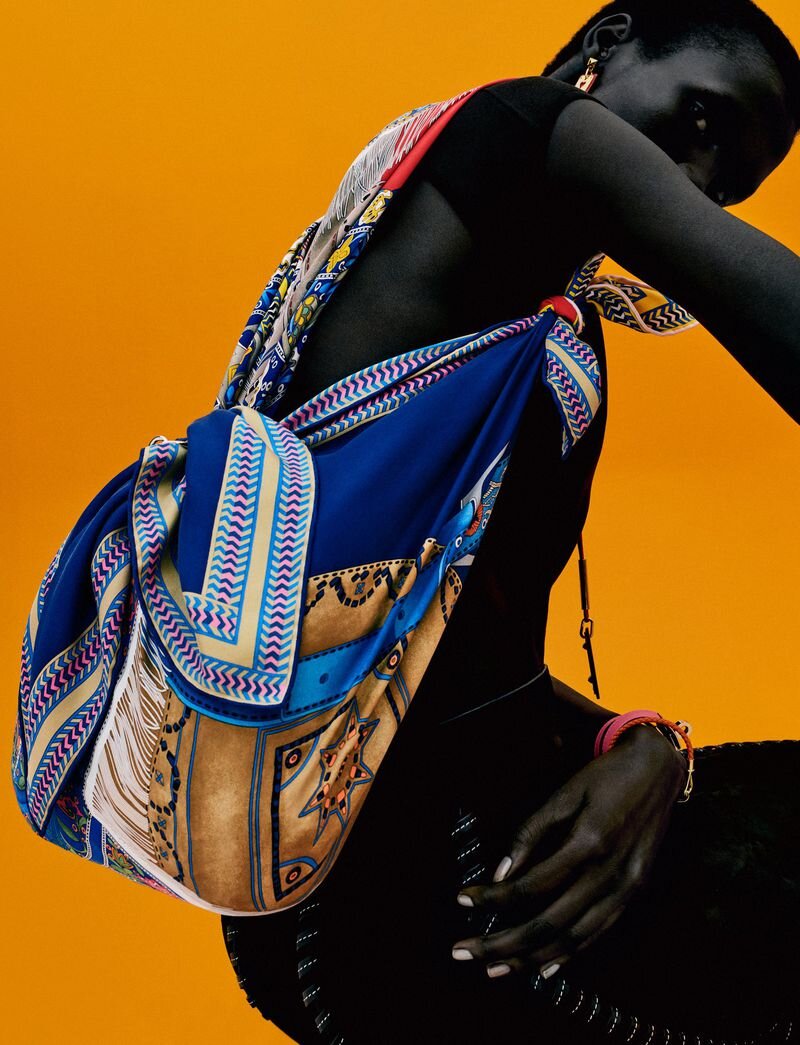Botswana: An Ecological Jewel that Could Sustain Itself
/The dining tent at Jack’s Camp in the Makgadikgadi Pans, Botswana contains two ecosystems replicated nowhere else on the planet. If the air was clear and not shrouded in a silver-brown, fire-burning haze, Town and Country Travel writer Maria Shollenbarger’s tiny Cessna 172 would fly her from the white emptiness of the Makgadikgadi Pans to the verdant permanent water channels of the Okavango Delta.
Last week’s Hillary Clinton Africa journey didn’t take her to Botswana, but there’s much to celebrate in the country bordering South Africa.
At Anne of Carversville, we do the reality check first, exploring the grit behind the glamour, always telling the real life story before moving to the fashion shoot and swanky hotels.
Botswana’s children are highly infected with the AIDs virus, a disease impacting 24 percent of the total population. The Bill & Melinda Gates Foundation is on the ground, teaming up with the federal government (theirs or ours, I’m not clear) and pharma company Merck in four massive attempts antiretroviral-drug-distribution and education initiatives (the first of their kind in Africa).
Mekoro, traditional dugout canoes, ready for a sunrise paddle at Xaranna.In a long list of accomplishments, Botswana has much to celebrate. Thanks to years of political stability and a farsighted conservation policy by the government, Botswana’s ecosystem is stable. More than a third of the country is protected in a luxury tourism model. Higher prices guarantee less wear and tear on the environment. The practice is elitist but working.
The Okavango Delta as seen from above during a flight to Xaranna Tented Camp.Botswana enjoys a literacy rate of 81 percent , the highest teacher-student ratio in Africa, and a per capita income of more than $6,000.
On the subject of animals and big game, Botswana is home to the largest population of elephants in Africa, numbering about 100,000.
